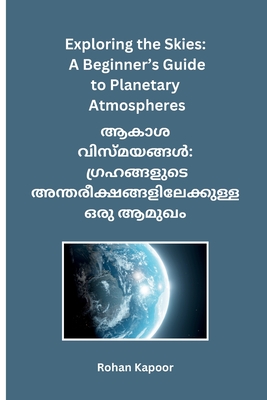
Exploring the Skies: A Beginner's Guide to Planetary Atmospheres
Description
The word "atmosphere" has a broad meaning, from the air we breathe to the invisible layers that surround planets. It is a mixture of gases and other particles that surround planets, held in place by gravity. Some planets, like Earth, have atmospheres that are suitable for life, while others are harsh and lifeless. The atmosphere controls a planet's climate and plays a critical role in planetary studies.
Atmospheric composition
The composition of the atmosphere varies from planet to planet. Earth's atmosphere is primarily composed of nitrogen (78%), oxygen (21%), argon (0.9%), carbon dioxide (0.04%), and other gases. Other planets have different compositions, depending on their formation and evolution. In addition to gases, the atmosphere also contains other small particles, such as dust, clouds, and water vapor.
Atmospheric layers
The atmosphere is divided into several layers, each with its own distinct properties. The troposphere is the lowest layer, where most weather occurs. The stratosphere is the next layer, where the ozone layer absorbs harmful ultraviolet radiation from the sun. The mesosphere is the third layer, where temperatures decrease with altitude. The thermosphere is the fourth layer, where temperatures increase with altitude. The exosphere is the outermost layer, where the atmosphere merges with space.

